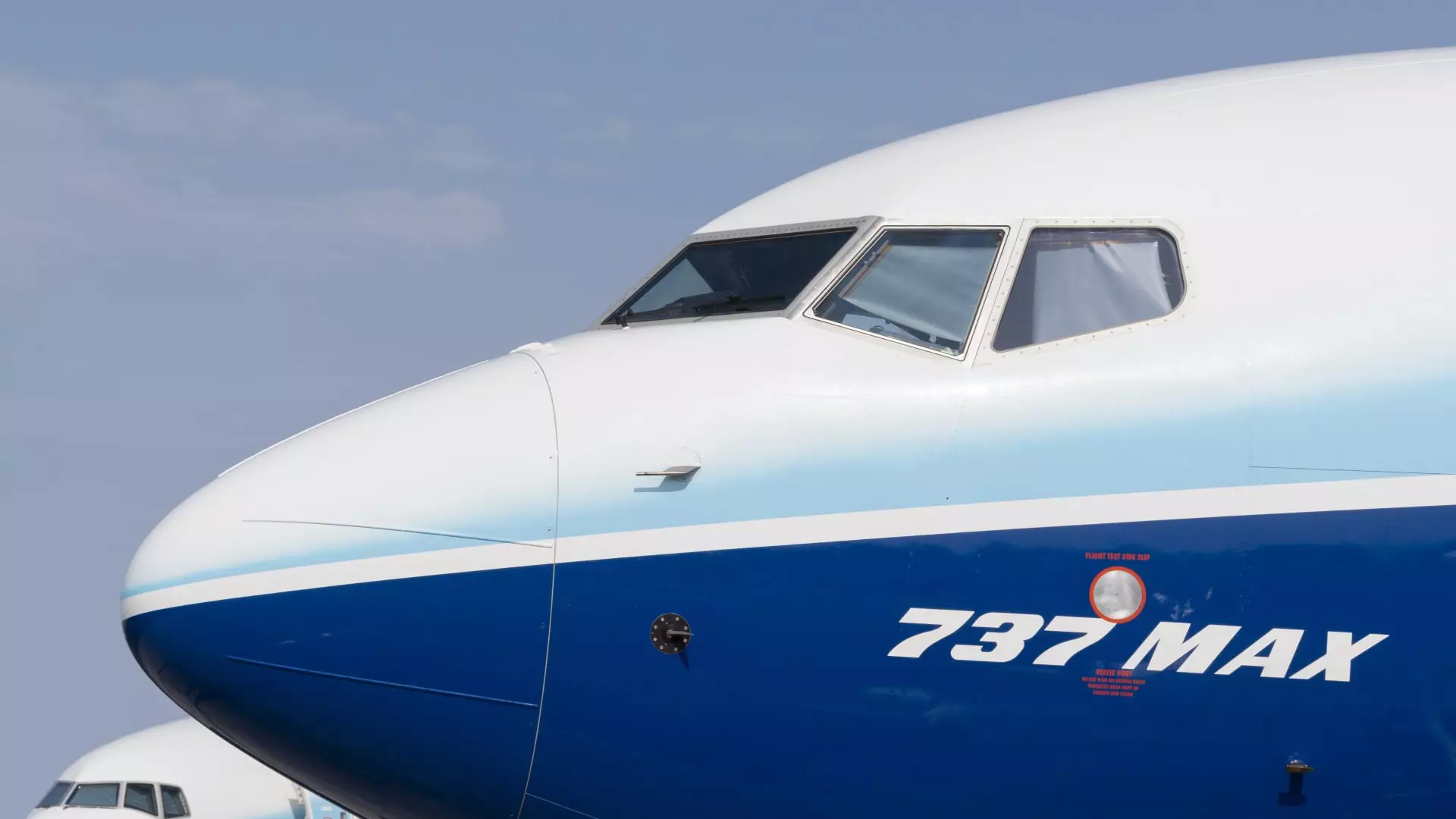In recent years, Boeing faced immense scrutiny and backlash following two catastrophic plane crashes involving the Boeing 737 Max 8 model. The crashes, which took the lives of 346 individuals, occurred in Indonesia and Ethiopia, just five months apart. These incidents raised serious concerns about the safety and reliability of Boeing’s flagship aircraft.
In January 2024, another alarming event unfolded when a door plug on an Alaska Airlines 737 Max 9 plane detached mid-flight, endangering the lives of passengers and crew. An initial report revealed that the panel was missing crucial bolts, highlighting significant lapses in quality control during the production process. The Department of Justice launched a criminal investigation into the Alaska Airlines incident, amplifying the already mounting pressure on Boeing.
As a response to the series of incidents and investigations, the Federal Aviation Administration (FAA) conducted an audit of Boeing’s production practices, identifying inherent quality control issues. The FAA’s strict stance led to a halt in Boeing’s production expansion until the necessary improvements were implemented. In light of these developments, Boeing made substantial management changes, including the replacement of the CEO, chairman, and head of the commercial airplane unit.
Implications for Boeing’s Future
The aftermath of the Boeing 737 Max crisis has significantly impacted the company’s reputation, delivery schedules, and relationships with key airline clients. The management shakeup and ongoing investigations have created a cloud of uncertainty around the future of Boeing’s best-selling jet. Amid criticisms and challenges, Boeing faces a pivotal moment in rebuilding trust, ensuring safety, and securing its standing in the aviation industry.
The Boeing 737 Max crisis serves as a sobering reminder of the critical importance of stringent safety standards, effective quality control measures, and transparent communication in the aerospace sector. The incidents have highlighted the high stakes involved in aircraft manufacturing and operation, urging industry stakeholders to prioritize safety above all else. As Boeing navigates through the aftermath of the crisis, it must demonstrate unwavering commitment to regaining trust, addressing deficiencies, and prioritizing the safety of passengers and crew.


Leave a Reply